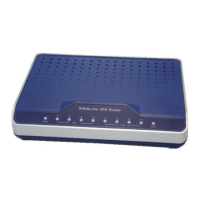58
X’mas tree scan: It can send a TCP frame to a remote device with the URG, PUSH, and FIN flags set. This is called a
Xmas tree scan because of the alternating bits turned on and off in the flags byte, much like the lights of a Christmas
tree.
Null scan: The null scan turns off all flags, creating a lack of TCP flags that should never occur in the real world.
SYN flood: A SYN flood is a form of denial-of-service attack, attempts to slow your network by requesting new
connections but not completing the process to open the connection. Once the buffer for these pending connections is
full a server will not accept any more connections and will be unresponsive.
ICMP flood: A sender transmits a volume of ICMP request packets to cause all CPU resources to be consumed serving
the phony requests.
UDP Flood: A UDP flood attack is a denial-of-service (DoS) attack using the User Datagram Protocol(UDP). A sender
transmits a volume of requests for UDP diagnostic services which cause all CPU resources to be consumed serving the
phony requests.
Ping of Death: A ping of death (POD) attack attempts to crash your system by sending a fragmented packet, when
reconstructed is larger than the maximum allowable size.
Land attack: A land attack is an attempt to slow your network down by sending a packet with identical source and
destination addresses originating from your network.
IP Spoofing: IP Spoofing is a method of masking the identity of an intrusion by making it appeared that the traffic came
from a different computer. This is used by intruders to keep their anonymity and can be used in a Denial of Service

